US Navy helicopters and Coast Guard snipers are firing on suspected drug traffickers 'daily,' top admiral says
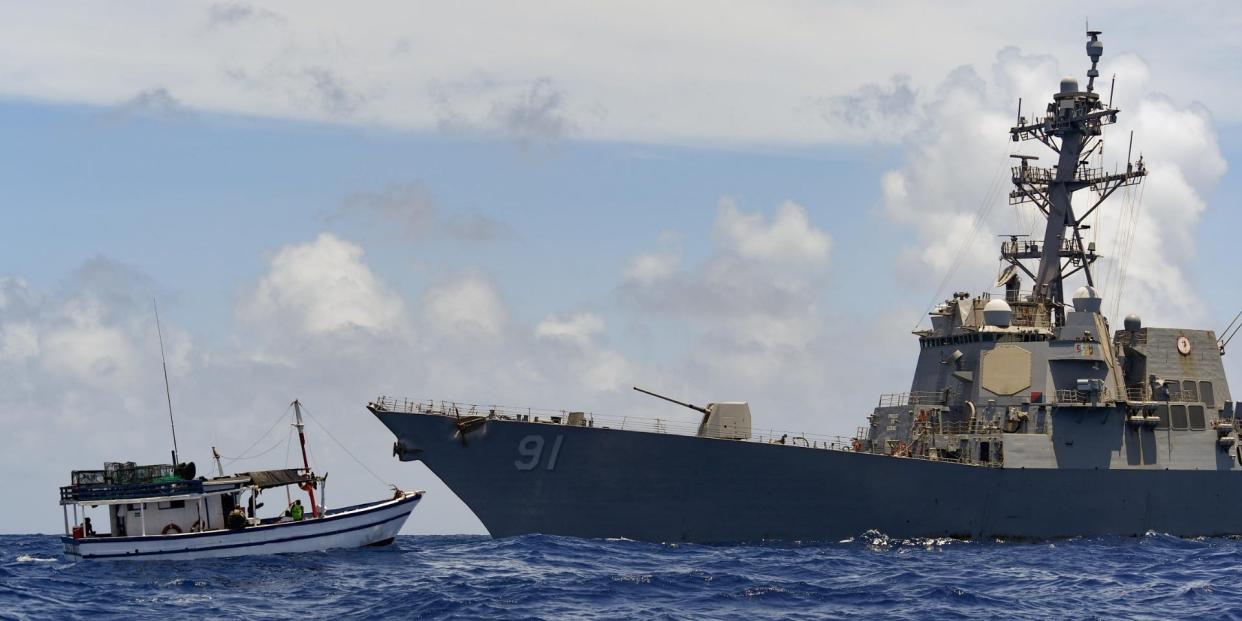
Since April 2020, US Navy and Coast Guard ships and aircraft have been conducting enhanced counternarcotics operations.
They work together closely, and Coast Guard snipers on Navy vessels are engaging suspected smugglers every day, the top US commander in the region says.
Nearly a year after deploying more ships and aircraft to the waters around South and Central America, the Navy and Coast Guard continue to make multi-ton drug busts, and their personnel are engaging suspected smugglers on a daily basis, the top US military commander in the region said in January.
US Southern Command, which oversees US military operations in the region, began enhanced counternarcotics operations on April 1, acting on a directive from then-President Donald Trump to further disrupt the flow of drugs to the US.
Since then, Navy destroyers, littoral combat ships, and helicopters, Coast Guard cutters and helicopters, and Navy and Air Force patrol and reconnaissance planes have increased their presence in the region.
At the Surface Navy Association symposium in mid-January, Adm. Craig Faller, head of Southern Command, said the sailors involved "are making a difference."
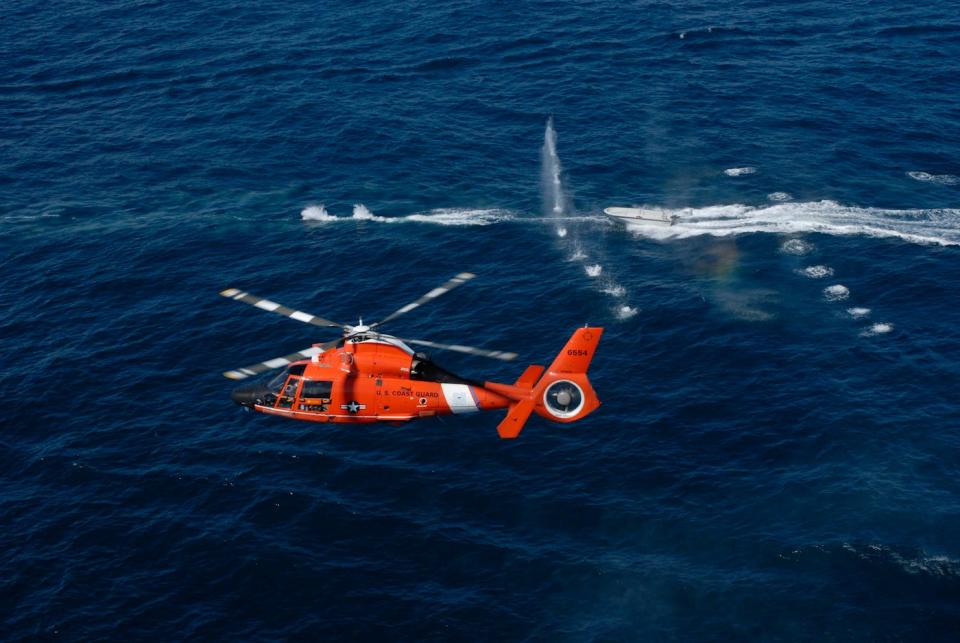
Faller said he had met with destroyer crews who took part in counternarcotics patrols, usually 60 to 70 days long, integrating with Coast Guard crews throughout.
"We do detection and monitoring. That's our mission, so we use the intelligence to find the threat, track the threat, and then Coast Guard law enforcement ... do the actual interdiction and detention," Faller said, calling it "a very good mashup" between the two services.
"Coast Guard HITRON teams, which are sniper teams, have integrated into US Navy helicopters. So our Navy crews are involved in decisions to use ... warning shots and disabling fire daily. I mean, it is a daily event," Faller added. "We average numbers, sometimes large numbers, of events daily, and they've done it safely, effectively, completely in compliance with all the law of war and with precision. [I'm] very proud of that."
The Coast Guard is a military branch, but unlike the other service branches, it has law-enforcement authority, and Coast Guard crews have long been on the frontline against high-seas drug trafficking.
Invoking that authority in international waters has been a point of controversy, but a Coast Guard spokesman said personnel involved in interdictions adhere to the law.
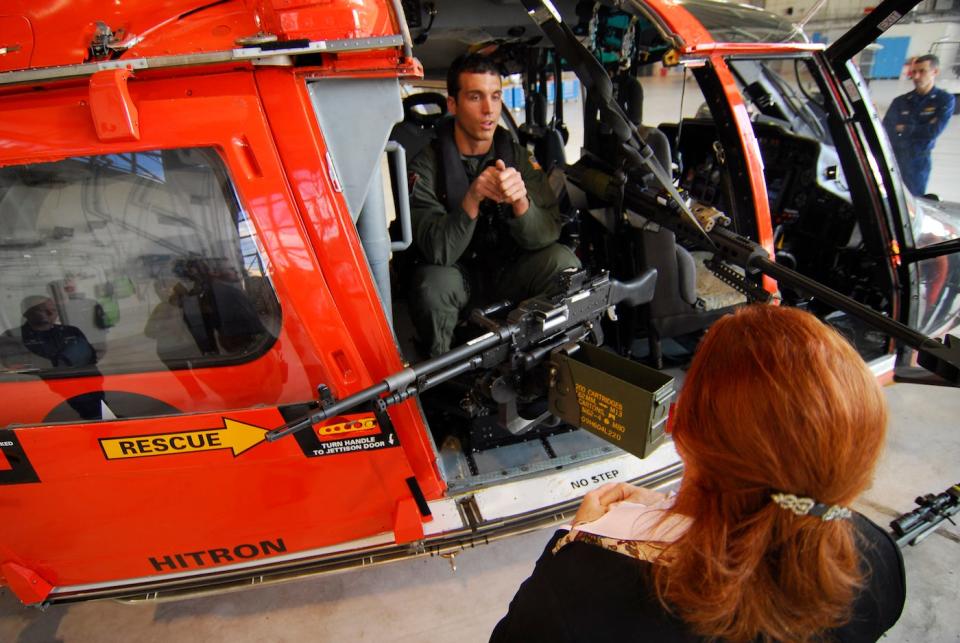
"These teams conduct law-enforcement activities strictly under Coast Guard statutory authority and control. The Coast Guard follows a process, consistent with international and domestic law, when making the decision to use force to interdict suspected traffickers on the high-seas," Cmdr. Ace Castle, public affairs officer for US Coast Guard Atlantic Area, told Insider.
While aboard Navy helicopters, only Coast Guard personnel "trained and qualified on the weapons systems, mission, and use of force tactics," employ warning or disabling shots, and those shots aren't directed at people on the vessels being targeted, Castle said.
"Coast Guard precision marksmen only engage in warning shots and/or disabling fire when a vessel fails to heave to when ordered to do so," Castle added. "The precision marksman consults with his or her chain of command before force is used, in compliance with training and well-developed international and domestic law."
Precision marksmen
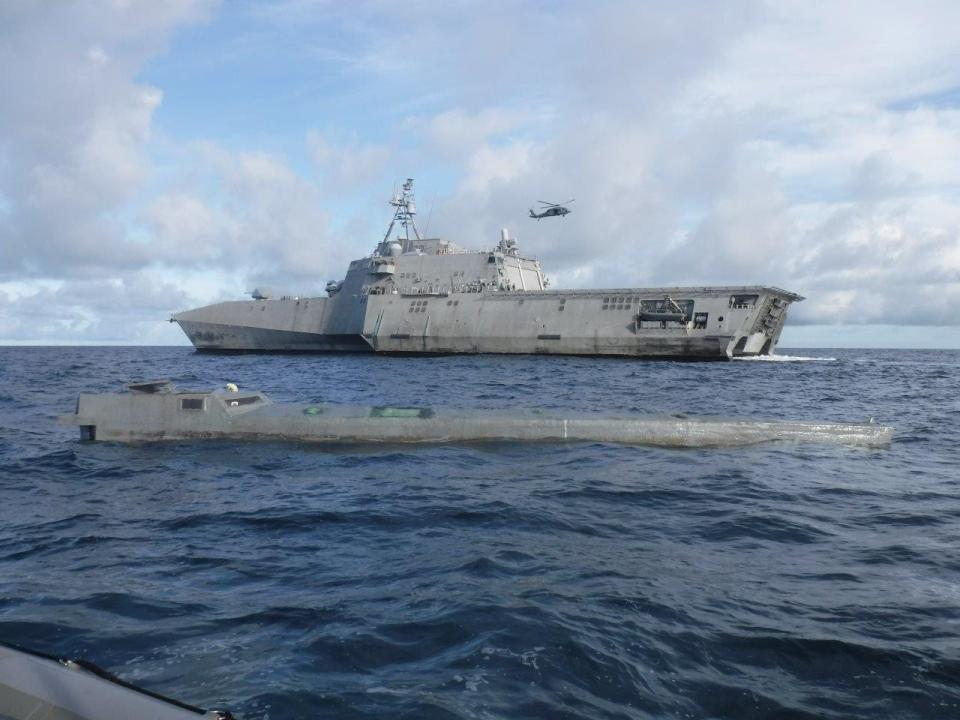
The Coast Guard's Law Enforcement Detachments, or LEDETs, and its Helicopter Interdiction Tactical Squadron are involved in counternarcotics operations in the Atlantic and Pacific oceans.
LEDETs include boarding teams and marksmen who "provide expert law-enforcement capabilities that deploy to US and foreign Navy ships under US statutory authority," Castle said.
HITRON, which is a separate unit, "provide[s] the same tactical capability that a Navy helicopter does when that Navy helicopter has an embarked LEDET precision marksman," Castle added. Coast Guard marksmen are highly skilled and train rigorously to fire accurately at small targets, such as engines, on moving ships.
The most recent LEDET to return from deployment spent 127 days with USS Gabrielle Giffords, a littoral combat ship, in the Pacific Ocean. It conducted seven interdictions, seizing 4,144 pounds of marijuana and 5.9 metric tons of cocaine, including 2.8 metric tons aboard a "narco sub" in December.
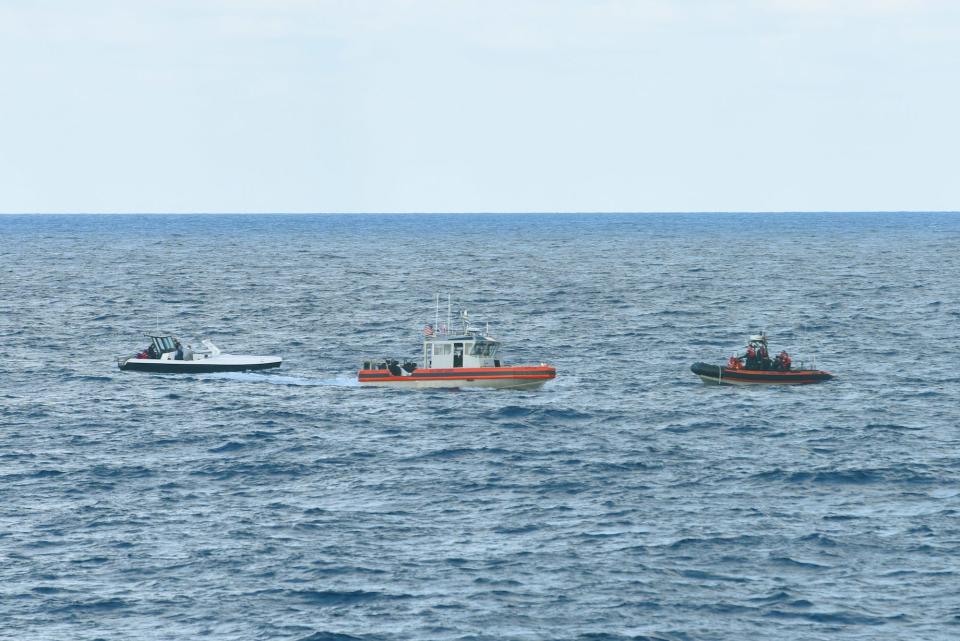
During 2020, the Coast Guard's HITRON carried out 29 aviation detachment deployments. The 56 cases it prosecuted during that period yielded seizures of 39.1 metric tons of cocaine and 10 metric tons of marijuana, Castle said.
Between March 26, 2020, and January 29, forces working under Southern Command intercepted 279 metric tons of cocaine and 96,000 pounds of marijuana, denying criminal groups an estimated $6 billion, Castle added.
Those seizures are the result of all-hands effort, Faller said in January.
"We have had amphibious ships that have deployed here without any helicopter embarks that have used their resources ... to take initiative and make some significant takedowns," Faller said.
"We had a national security cutter that's not even commissioned yet ... and it's taken down several illicit traffickers," Faller added, referring to US Coast Guard cutter Stone, which sailed on its initial shakedown cruise in late December and three weeks later stopped a vessel carrying over 2,000 pounds of cocaine in the Caribbean.
Read the original article on Business Insider


